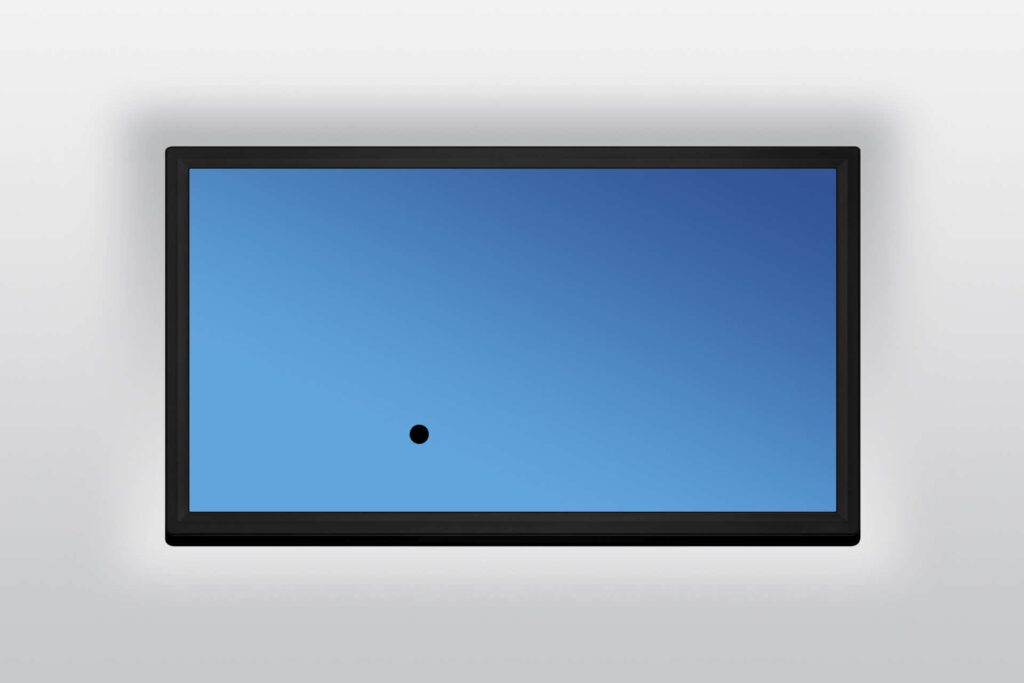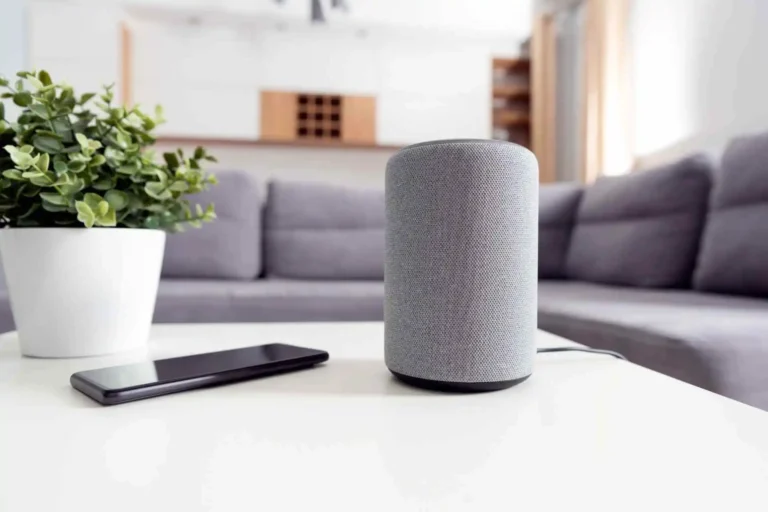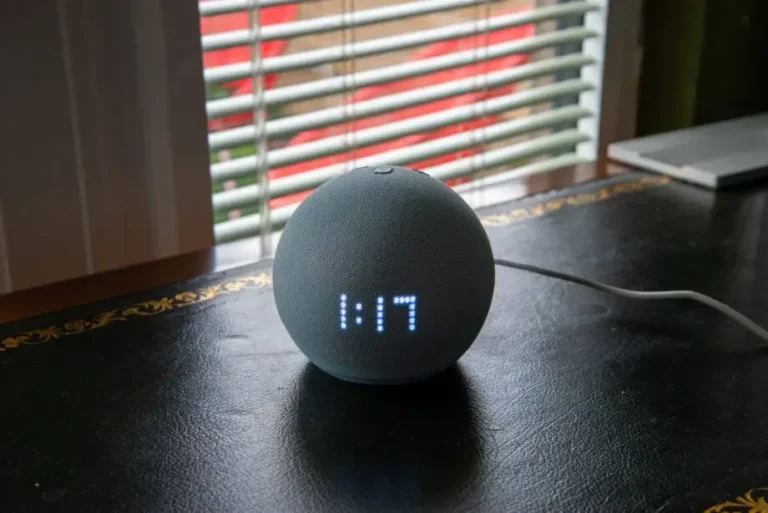Understanding OLED Burn-In: What It Is and How to Prevent It
OLED displays are stunning, delivering vibrant colors and deep blacks that make movies, games, and shows look amazing. But there’s one issue that concerns many OLED users—burn-in. You might’ve heard horror stories of ghost images stuck on the screen, but how common is OLED burn-in, and more importantly, how can you avoid it?
As someone who has spent a lot of time exploring OLED technology, I can confidently say that while burn-in is a real phenomenon, there are simple steps you can take to keep your screen safe. Let’s dive in.

What Is OLED Burn-In?
Burn-in occurs when certain pixels on your screen degrade faster than others, leading to a permanent “ghost” image. This typically happens when the same static elements—like logos, ticker bars, or game HUDs—are displayed for long periods. While OLED screens produce unmatched picture quality, their organic compounds naturally degrade with use, and that’s what makes them susceptible to burn-in over time.
It’s essential to differentiate burn-in from image retention, which is temporary and usually goes away after a bit of use. Burn-in, on the other hand, is permanent. Thankfully, it’s avoidable with some mindful usage.
Factors That Contribute to OLED Burn-In
Static Images and Brightness Levels
The primary cause of OLED burn-in is prolonged exposure to static images. Think about the logos of your favorite TV channel, the control panels in your video games, or even your phone’s navigation bar—these all have static elements that can wear out pixels if left on the screen for too long.
Another factor is brightness. If you’re consistently running your OLED screen at max brightness, you’re essentially speeding up the degradation process of those pixels. That’s why adjusting the brightness settings during extended use is key.
Usage Habits and Content
Your daily usage also plays a part. If you’re switching between apps, channels, or content frequently, burn-in is much less likely. The danger is higher when you leave static images displayed for hours—like pausing a video game for too long or watching news channels with ticker bars constantly running across the bottom of the screen.
That being said, burn-in usually occurs on heavily used displays like store demo units, not on your everyday home OLED TV. However, it’s still important to take precautions to keep your screen looking its best.
How to Prevent OLED Burn-In
Here’s where the good news comes in: you can prevent burn-in with a few simple adjustments and habits.
Enable Pixel Shift or Screen Refresh Features
Most modern OLED TVs come with built-in features to combat burn-in. One of these is pixel shift, which slightly moves the screen image at regular intervals to avoid leaving any pixel “stuck” on one color for too long.
There’s also the screen refresh function. This feature helps rejuvenate worn-out pixels by running a cycle that re-balances their usage. I always recommend using these features if your TV offers them—they’re designed to extend the life of your screen.
Adjust Brightness and Screen Settings
Another tip? Don’t always max out your brightness settings. OLED screens perform beautifully even at lower brightness levels, so reduce your screen brightness when you don’t need those intense, vivid colors. You can also switch to picture modes like Movie Mode or Eco Mode, which automatically reduce brightness and contrast, perfect for everyday viewing.
Lowering brightness, especially when you’re watching content with static images like the news or a video game HUD, reduces the risk of burn-in.
Use Sleep Timers and Screensavers
You know what really helps? A simple sleep timer. If you’re someone who tends to fall asleep with the TV on, or just leave it idle, setting a timer will ensure the display shuts off after a set period. This reduces the risk of having static images on the screen for hours without you realizing it.
If you’re using an OLED monitor or a TV that supports it, setting up a screensaver can also do wonders. Instead of leaving your screen idle on a paused video or static interface, let the screensaver take over to protect those delicate pixels.
Is OLED Burn-In Covered by Warranty?
Now, you might wonder: is burn-in covered by warranty? In most cases, no. Many manufacturers don’t cover burn-in because it’s considered a result of user misuse. That’s why taking preventive steps is essential—you want to avoid the hefty cost of repairing or replacing your screen.
That said, some brands have started offering burn-in protection with certain OLED models. I’d recommend checking the warranty policy of your specific TV or monitor. It’s better to be safe than sorry, especially when dealing with high-end tech.
Tips for Extending the Life of Your OLED Screen
Avoid Static Images
A simple but effective way to extend your OLED screen’s lifespan is to avoid displaying static images for extended periods. Rotate content, take breaks if you’re gaming for long sessions, or switch channels frequently. Many TVs also have a “logo dimming” feature that automatically reduces the brightness of static logos to prevent burn-in—make sure that’s turned on.
Manage Screen Power Settings
Finally, don’t forget to use power settings efficiently. When you’re done using your OLED screen, turn it off instead of letting it idle for hours. Some TVs have standby modes or automatic shutdown timers that can help with this, ensuring that the screen isn’t running unnecessarily.
Conclusion
OLED burn-in can sound a bit alarming at first, but with the right habits and settings, you can enjoy your OLED TV or device without worry. It’s all about being mindful of static content, adjusting brightness levels, and utilizing the built-in features designed to prevent burn-in.
At the end of the day, OLED technology offers some of the best image quality available, and with a little care, your screen will remain burn-in-free for years to come. So go ahead and enjoy those rich colors and perfect blacks, knowing you’re equipped with the tools to keep burn-in at bay.





